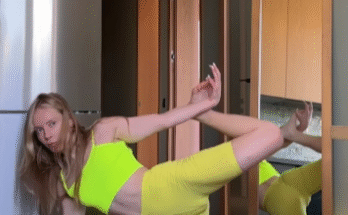Stretching is an essential component of any fitness or yoga practice. It enhances flexibility, improves circulation, and helps prevent injuries. However, improper stretching techniques can lead to strains, muscle tears, and other injuries. To maximize benefits while ensuring safety, it is crucial to follow best practices when stretching. This article outlines safe stretching techniques that are suitable for both fitness enthusiasts and yoga practitioners.

Understanding the Importance of Stretching
Stretching plays a vital role in maintaining muscle health, increasing range of motion, and promoting relaxation. It prepares the body for physical activity by warming up muscles and reducing the risk of injury. In yoga, stretching is fundamental to achieving deeper poses and improving overall flexibility.
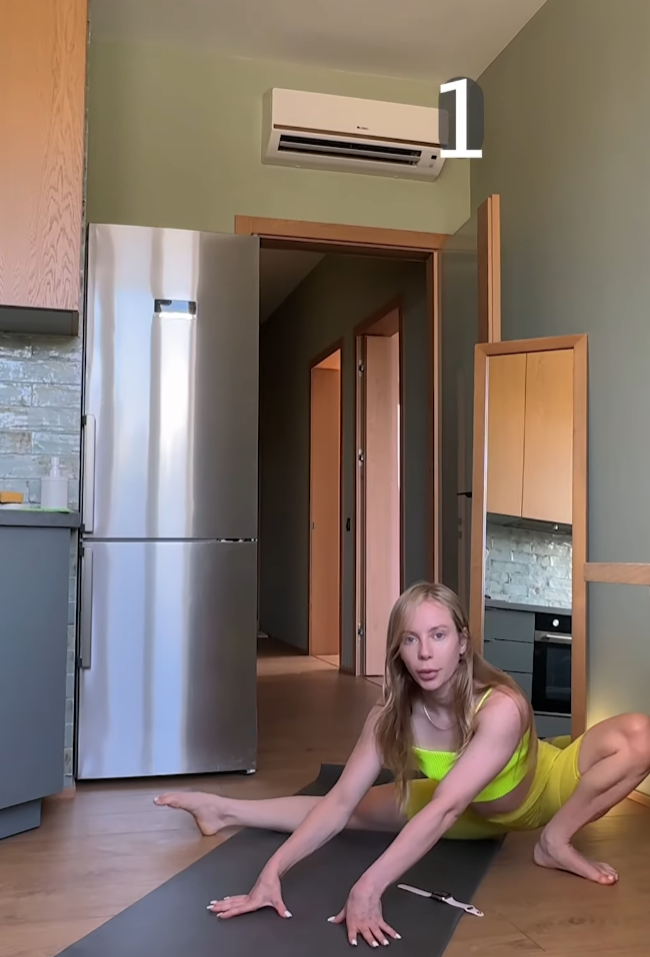
Types of Stretching
There are several types of stretching, each serving different purposes:
- Static Stretching – Involves holding a stretch for a prolonged period (typically 15-60 seconds). It is best performed after a workout to increase flexibility and relax muscles.
- Dynamic Stretching – Involves moving parts of the body through a full range of motion, which is ideal for warming up before exercise.
- Ballistic Stretching – Uses bouncing movements to push muscles beyond their normal range. This type of stretching is generally not recommended due to its high risk of injury.
- PNF (Proprioceptive Neuromuscular Facilitation) Stretching – Combines passive stretching and muscle contractions to improve flexibility and strength. It is often performed with a partner or trained instructor.
- Active Stretching – Relies on opposing muscles to hold a stretch without external assistance, often used in yoga poses.
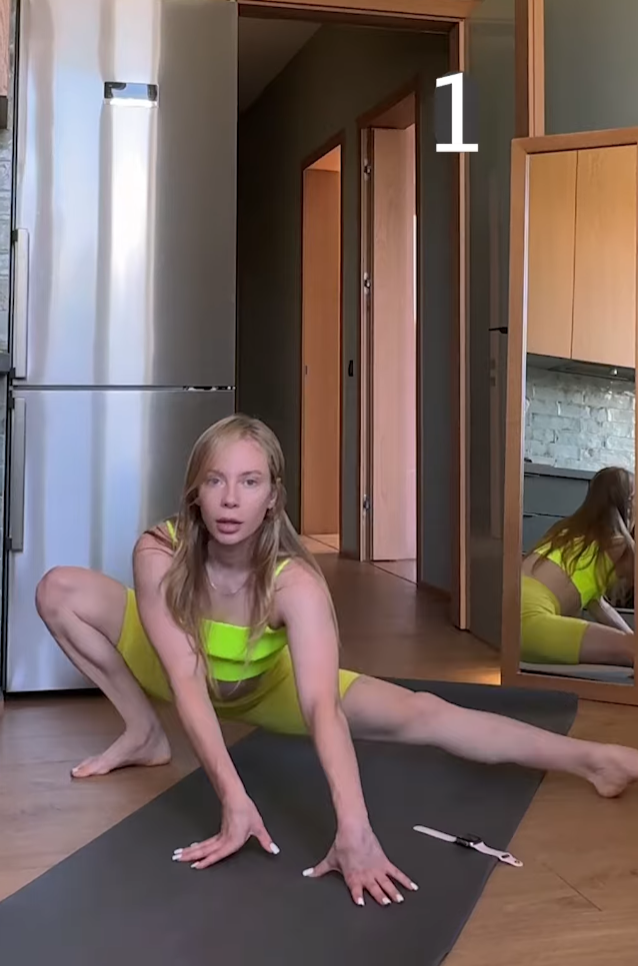
Best Practices for Safe Stretching
To ensure safe and effective stretching, consider the following guidelines:
1. Warm Up Before Stretching
Cold muscles are more prone to injury. Perform light aerobic exercises such as jogging in place or jumping jacks for 5-10 minutes before stretching. This increases blood flow and prepares muscles for movement.

2. Stretch Within Your Limits
Avoid pushing beyond your comfort level. Stretching should create mild tension, not pain. If you feel sharp or intense discomfort, ease off immediately.
3. Maintain Proper Form
Proper alignment is essential for safe stretching. In yoga, for example, engaging the core and maintaining a neutral spine can prevent unnecessary strain. Ensure that your movements are controlled and intentional.
4. Hold Static Stretches for the Right Duration
For optimal results, hold each stretch for at least 15-30 seconds and repeat 2-4 times. Avoid bouncing or jerking motions, which can cause microtears in the muscles.
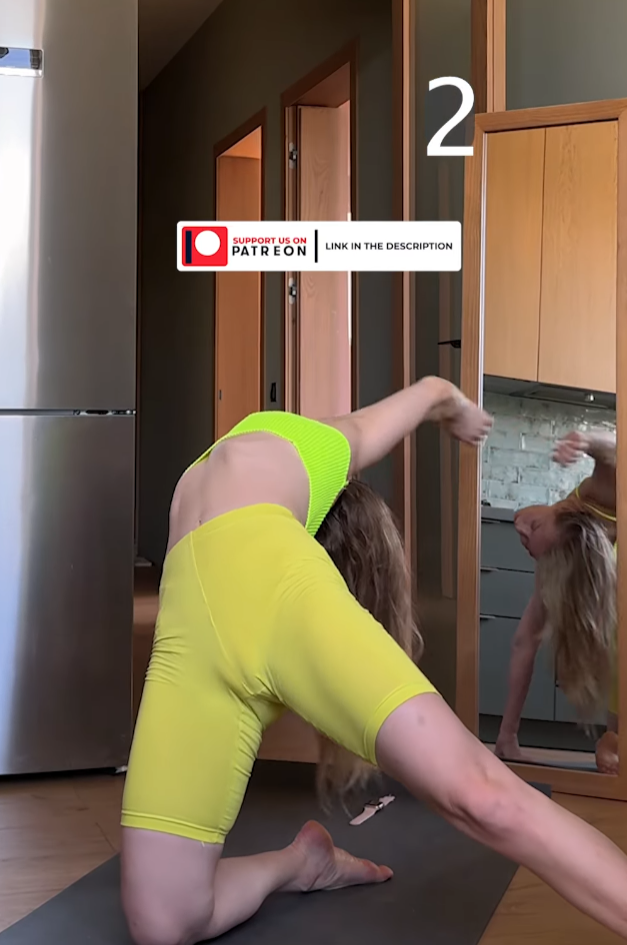
5. Breathe Deeply
Proper breathing enhances relaxation and increases oxygen flow to muscles. Inhale deeply before entering a stretch and exhale as you deepen into the position. In yoga, breath control (pranayama) is particularly important for improving flexibility.
6. Stretch Both Sides Equally
To maintain balance and symmetry, stretch both sides of the body equally. This prevents muscle imbalances and enhances overall mobility.
7. Incorporate Stretching into Your Daily Routine
Consistency is key to improving flexibility. Stretching for at least 10-15 minutes daily can lead to significant improvements over time.
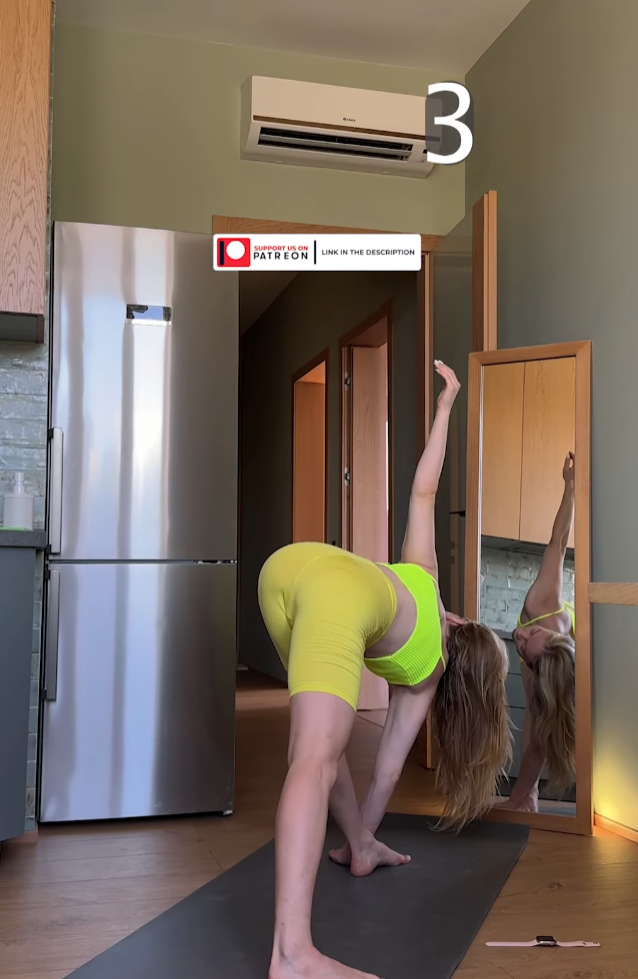
8. Avoid Overstretching
Hyperextending muscles or joints can lead to injury. Know your limits and progress gradually. Over time, flexibility will improve naturally.
9. Modify Stretches Based on Your Needs
Different fitness levels require different modifications. Beginners should start with basic stretches and gradually progress to advanced variations. In yoga, using props such as blocks and straps can aid in achieving proper form.
10. Listen to Your Body
Your body gives signals when something is wrong. If you feel discomfort, adjust your position or stop the stretch. Never force your body into a position that feels unnatural.
Safe Stretching Techniques for Fitness and Yoga
Here are some effective and safe stretching exercises:
For Fitness Enthusiasts:
- Hamstring Stretch – Sit on the floor with one leg extended and the other bent. Reach for your toes while keeping your back straight.
- Quadriceps Stretch – Stand on one leg and pull the opposite foot towards your glutes, keeping your knees together.
- Shoulder Stretch – Extend one arm across your chest and use the other hand to gently pull it closer.
- Calf Stretch – Place your hands on a wall, extend one leg back, and press your heel into the ground.
- Triceps Stretch – Bend one arm behind your head and use the other hand to gently push the elbow inward.
For Yoga Practitioners:
- Downward Dog (Adho Mukha Svanasana) – Stretches the shoulders, hamstrings, and calves while strengthening the arms and legs.
- Child’s Pose (Balasana) – A gentle stretch for the lower back, hips, and thighs.
- Seated Forward Bend (Paschimottanasana) – Lengthens the spine and stretches the hamstrings.
- Cobra Pose (Bhujangasana) – Opens the chest and stretches the abdomen and spine.
- Butterfly Pose (Baddha Konasana) – Stretches the inner thighs and improves hip mobility.
Common Stretching Mistakes to Avoid
- Skipping Warm-Ups – Stretching cold muscles increases the risk of injury.
- Holding Your Breath – Restricts oxygen flow and makes stretching less effective.
- Bouncing in Stretches – Leads to muscle tears and decreases flexibility over time.
- Ignoring Pain – Pain is a sign of potential injury. Always stretch within your limits.
- Rushing Through Stretches – Take your time to allow muscles to lengthen properly.
Conclusion
Stretching is an essential part of any fitness and yoga routine. When done correctly, it enhances flexibility, prevents injuries, and promotes overall well-being. By following safe stretching techniques, listening to your body, and maintaining consistency, you can improve your range of motion and achieve better performance in your physical activities. Always prioritize proper form, breathing, and gradual progression to ensure a safe and effective stretching practice.



